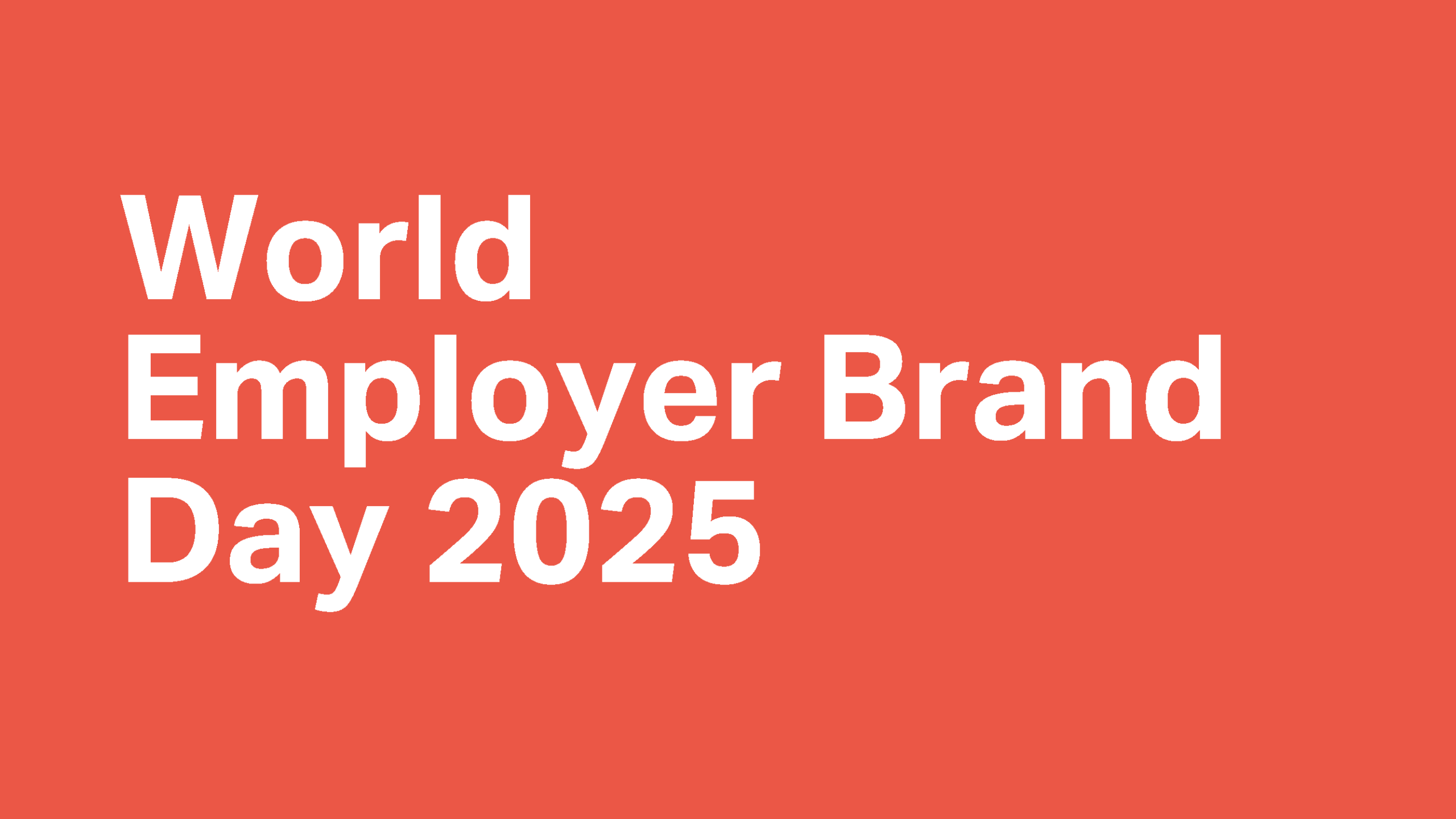Employee performance lessons: ‘okay’ is actually ok

In today’s world – where AI is everywhere and economic pressures continue to rise – we need to bring some realism back into conversations about employee performance.
It’s almost old news, but it’s still startling – disengaged employees cost billions annually at national and global levels, with the global economy losing approximately $8.8 trillion in 2023 and the UK economy losing around £257 billion in 2024, according to Gallup.
This extreme impact on profit then becomes a business issue, not an HR or Internal Comms issue.
With Social media and LinkedIn bombarding us with success stories and relentless perfection, we’re asking is it actually okay to just be… okay?
From an employee engagement perspective, the answer is yes because okay doesn’t mean disengaged – it’s a necessary and often overlooked phase in the employee engagement journey. And not supporting the phase comes at the cost of disengagement. And disengagement costs money.
Let’s look at how businesses can best approach this.
So, what does ‘okay’ mean?

In Nic Marks’ article for Raconteur, ‘okay’ is adjacent to complacency – it’s teetering on the edge of quiet cracking. And, although this might in some parts be true, while Marks argues that this is something to immediately be rectified, we would take a different approach.
‘Okay’ doesn’t mean disengaged but a phase that needs nurturing, to ultimately benefit employee performance overall. Engaged is often equated to peak performance which is just that – a peak. A wonderful yet naturally unsustainable moment where all the foundations of preparing for a thriving moment are brought together a la John Wooden’s ‘Pyramid of Success’.
People don’t always see or don’t want to see, the constants; the development, the reflection, the patience and the inevitable down days. But it’s those constants, or ‘okays’, that are the foundations for peak employee performance and business gain.
How employers and leaders can support the ‘okay’ phase

In order to influence employee performance positively, businesses need to ensure the foundations are there. That’s why we frequently refer to our employee experience touch points map. From recruitment to development to reward and recognition and more – the experience matters.
And creating an environment where people feel safe to be in ‘okay’ mode is what matters most to both the health of the employee and the business.
The key to providing that space is listening to our employees and respecting their needs, emotions and circumstances. Viewing employees as cogs to work a larger machine is a recipe for burnout, and bad for business.
Employers have an opportunity to show up for their employees in those ‘okay’ moments so they can then go on to celebrate the big hoorah moments.
Leaders have a huge responsibility here to demonstrate the power of acknowledgement and understanding. Both factors drive the best results at all phases.
A Forbes article by Tracy Brower, PhD touches on this:
Great leadership requires a fine mix of all kinds of skills to create the conditions for engagement, happiness and performance, and empathy tops the list of what leaders must get right.
And key to any of this truly succeeding is consistency. Businesses will risk further damage to their ROI if they don’t continuously show up for their employees, as touched upon in a previous blog.
Fine tune your leadership skills, and employee performance will likely improve.
The takeaway for improving employee performance

Employee engagement isn’t binary – it's a spectrum. For business to truly boom, leaders need to be okay with ‘okay’. It’s a valid and crucial part of the process.
The most successful businesses will lean into this and embrace the full range of employee engagement; the highs, the lows and the everythings in-between. This approach is what sorts the wheat from the chaff.




